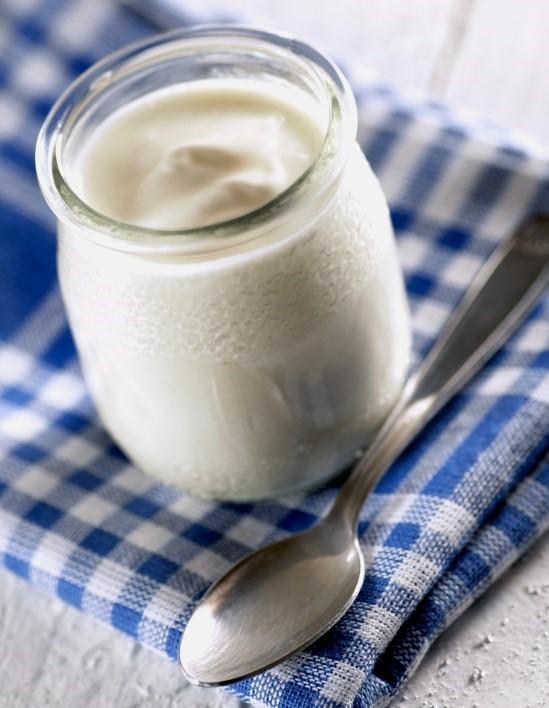How To Organize A Healthy Diet


The lack of organization in our diet often results in us eating anything from prepared food to quick sandwiches or snacks to satiate our appetites. However, to eat healthily you just need to organize yourself and create a healthy diet that will set the guidelines for what you should eat on a daily basis.
At OneHowTo we help you organize a healthy diet and banish, once and for all, poor eating habits.
Plan meals
To organize a healthy diet you should ideally have 4 or 5 meals a day to help your metabolism to work throughout the day and to avoid being too hungry when it comes to meal times.
However, the calories you consume during the early hours of the day should not be the same as late at night as the amount of energy your body needs is different. Thus, the distribution of calories is as follows:
- Breakfast: we recommend ingesting 20% of your total daily calories
- Mid-morning: it is advisable to eat 10% of your body's total daily calorie requirement
- Lunch: it's the main dish of the day and should contain 30% or 35% of your daily calories
- Afternoon Snack: Like the mid-morning meal, this snack should make up 10% of your daily calories
- Dinner: it's one of the highlights of the day, however, the calorie content must be less because you'll be going to bed soon.

Food distribution
To enjoy a balanced diet it is recommended that meals are full of essential nutrients so that our bodies function properly; thus, to plan a healthy diet you must include the following food groups:
- Proteins: above all it is advisable to include the healthiest proteins with the least fat, such as lean meats, white fish and low fat dairy.
- Carbohydrates: the most nutritious and suitable for our healthy menu are complex carbohydrates, i.e. those whose energy takes longer to become fat. Among these are rice, oats, rye, pasta, bread, potatoes and pulses. It is highly recommended that these carbohydrates are whole grain since they help to regulate our intestines.
- Good fats: these are fats that are nutritious for our body and provide vitamins and minerals that we need; among them are those from olive oil, nuts or oily fish.
- Fruits and vegetables: they are one of the most desirable foods to include in a healthy diet as they give our body a lot of vitamins and minerals with little or no calories.
The distribution of these foods during the week is vital to knowing how to organize a healthy diet. The ideal distribution is as follows:
- Fish: 2 or 3 servings a week (mostly white)
- Meat: 2 or 3 servings per week (mainly lean meat)
- Pulses: 2 servings a week
- Rice or pasta: 1 serving per week
If you want to lose weight you should note that it isn't advised to eat carbohydrates during the first half of the day or at night, and the same with fruit - it's advisable to eat it during the day but avoid it at night.

Tips for organizing a healthy diet
It is important to follow these tips to help you properly create your healthy diet:
- Set out the meals you'll have throughout the week on a piece of paper, separating the weekdays and the recommended 5 meals.
- Jot down all the ingredients you need for your healthy menu on your shopping list so you'll always have everything you need in your kitchen.
- Replace refined flours with whole grains that are rich in fibre, that way you'll be eating ingredients with less sugar and that are healthier for your body.
- Plan a menu for one week and change it every month so you don't get bored of your meals.
- To save money, it is best to choose to include seasonal food that will have more nutrients and be more economical.
- Be creative with your recipes so you don't get bored and stop using your weekly plan.

Example healthy breakfasts
Monday: Coffee with milk and whole grain toast with butter
Tuesday: Tea and whole grain turkey sandwich
Wednesday: Orange juice and cup of whole grain cereals
Thursday: Coffee with milk and toast with jam
Friday: Tea and seasonal fruit macedonia
Saturday: Orange juice and coffee and low fat cheese sandwich
Sunday: Coffee with milk and whole grain cereals

Example healthy meals
Monday: Chicken salad with pasta
Tuesday: Cucumber soup + low calorie lentils
Wednesday: Spinach with egg
Thursday: Rice with cod
Friday: Creamed spinach + garlic chicken
Saturday: Baked hake + grilled mushrooms
Sunday: Hummus + baked flounder fillet

Example healthy dinners
Monday: Pumpkin soup + courgette omelette
Tuesday: Grilled vegetables + grilled steak
Wednesday: Courgette Puree + stuffed Artichokes
Thursday: Cauliflower with potatoes and baked ham
Friday: Gazpacho + baked stuffed mushrooms
Saturday: Sautéed green beans + fruit salad
Sunday: Healthy Salad + aubergine omelette

Example snacks between meals
For midmorning and the afternoon, it's advisable to eat food that fills you up and stops you from getting too hungry before lunch or dinner. These snacks should be healthy food that provide you with a lot of energy and little fat; therefore, you should eat:
- A piece of fruit in season
- A fat free yogurt
- A handful of whole grain cereals
- An energy bar

If you want to read similar articles to How To Organize A Healthy Diet, we recommend you visit our Food & drink category.











